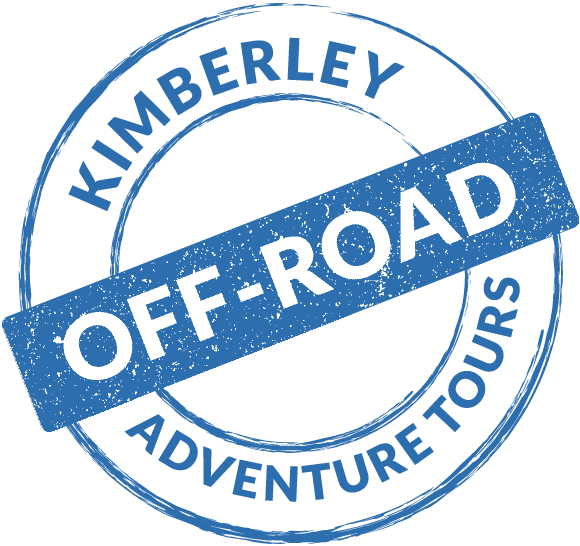They inhabit our waterways in their thousands, they’ve survived for over 200 million years and they’re a human predator; the crocodile is not to be underestimated.
Despite the danger they pose, they are a definite drawcard for many visitors who come to the Northern Territory. Each year thousands of tourists visit Kakadu National Park and Arnhem Land, to check out the notorious Saltwater crocodile (Crocodylus porosus). Visitors long-to-see a saltie in the wild, and it’s often high on their bucket list when they arrive, but who can blame them? They’re fascinating creatures.
A Saltwater crocodile on the beach in Northern Territory, Australia
If you’re lived in the Top End of Australia for a while, being Crocwise around our waterways becomes second-nature; you learn to enjoy the beaches, the creeks and the rivers in a less indulgent way than maybe our cousins down south. Once you’ve heard the stories you quickly learn that error, complacency or pure stupidity can mean fatality; as it has been proven over the years with the death of over 20 Territorians since records began in 1974.
If you come to the Northern Territory and want to see a crocodile, the chances are you will, if you go to the right places. It is estimated there are 100, 000 Saltwater crocodiles living in our waterways. You’ll need a careful eye as crocodiles have the ability to stay submerged under water for long periods of time, plus their ears, eyes and nostrils are on top of their head, so they don’t need to expose much when they do come up for air.
A Saltwater crocodile found on the banks of Cahills crossing, Arnhem Land, Northern Territory, Australia
Some passengers on a recent Kakadu & Arnhem Land tour were fortunate enough to not only see crocodiles in the wild, but they witnessed over 30 crocodiles lurking around Cahill’s crossing in Kakadu National Park. The tide was changing and the crocs were waiting for their chance to snag a cheeky mullet or a barramundi. The crocodiles, all varying in size, would either wait in the water or on the crossing, causing some disruption to those vehicles wanting to get passed. This was a real treat for our passengers and we captured the moment on video, which quickly went viral on our Facebook page, receiving almost 5,000 shares, over 2,000 comments and 3,000 likes.
If you would like to see crocodiles in the Top End of Australia, why not join us on one of our tours. You can see Saltwater crocodiles on our 7-day Kakadu & Arnhem Land tour and our 11-day Darwin to Cairns (Gulf Savannah) tour. You can also join our popular 9-day Kimberley tour (Darwin to Broome or Broome to Darwin) where you’ll have the opportunity to see the less threatening Freshwater crocodiles.
A large Saltwater crocodile in the NT, Australia
A Freshwater crocodile found in Lake Argyle in WA
Croc facts:
- The largest Saltwater crocodile to ever be captured and put in captivity was Lolong, found in the Philippines and measured 6.17 metres in length.
- Climate change could threaten some crocodile species, due to the fact that their gender is determined by the incubation temperature; rising temperatures could force the birth of more female crocodiles than male ones.
- The croc has the highest bite force in the animal kingdom. It is capable of exerting 2 tonnes of pressure through its bite.
- A croc has an average of 68 teeth and may go through as many as 3,000 teeth in its life. Their teeth are continually replaced as they wear.
- Despite their name, Saltwater crocodiles can also be found in freshwater.




